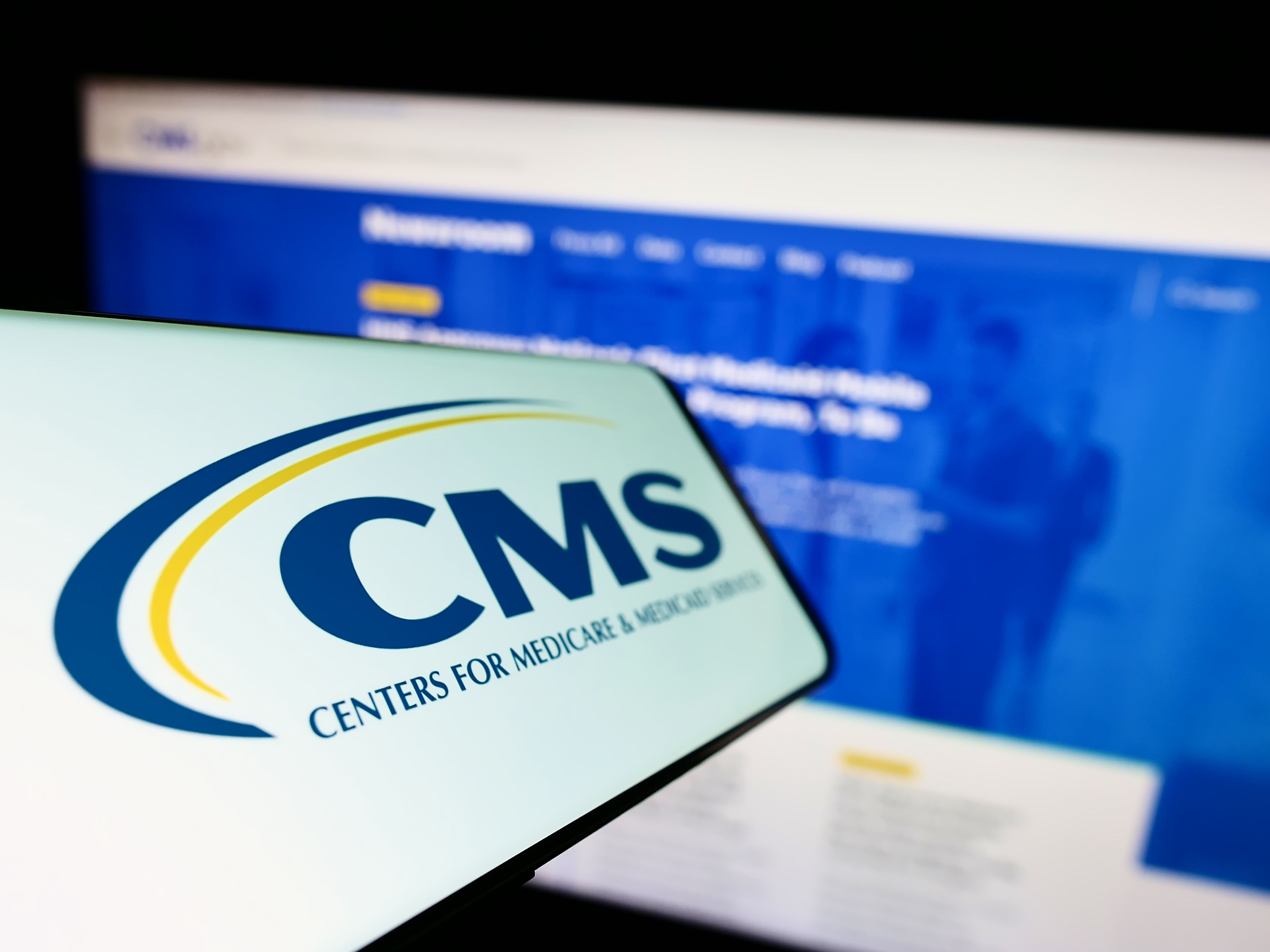Article
Next generation wearables: Achieving a value-based care system
Author(s):
Next generation medical wearables are facilitating the shift to a value-based care system, moving the point of care to the patient’s home while allowing doctors to monitor the patient’s condition through continuous, real-time data.
©blackzheep/Shutterstock.com

Next generation medical wearables are facilitating the shift to a value-based care system, moving the point of care to the patient’s home while allowing doctors to monitor the patient’s condition through continuous, real-time data. Today’s healthcare system is dominated by a curative approach to medicine that prioritizes an acute, hospital-oriented mindset over one that recognizes long-term, continuing sickness. And yet, chronic conditions now account for more than half of all deaths in the nation and take up more than 85 percent of annual healthcare expenditures, according to the Centers for Disease Control and Prevention. A report from the Rand Corporation found that patients who have chronic conditions generally have worse health outcomes, higher hospital readmission rates, and incur more healthcare expenses. These patients also require comprehensive and regular care to manage their chronic conditions. Palliation and prevention must take precedence over curative medicine, and a value-based healthcare system now mandates a decentralized delivery of care wherein patients with chronic diseases are cared for in an outpatient setting with improved outcomes, namely, the patient’s home.
Reducing healthcare costs with medical wearables
The primary objective of a value-based healthcare system is to reduce costs while enabling better health outcomes for patients, both in the diagnostic and post-diagnostic stages.
Medical wearables that continually collect patient data in real-time offer better biometrics from which physicians can make diagnoses and prescribe a treatment of care compared to traditional office or hospital visits. Not only can the information that patients disclose during their visits be inaccurate, health data that is collected exclusively during office or hospital visits reflect certain moments in time and may not reveal the manifestation of a symptom or condition.
Take abnormal heart rhythms, or arrhythmias, for instance. Arrhythmias can lead to serious heart and health complications, such as stroke or sudden cardiac arrest, if left untreated. Doctors often prescribe an ECG test as a first diagnostic step. However, an ECG test only lasts 10-30 seconds and will only uncover electrical issues with the heart that are permanent or occur during the test. Alternatively, doctors can prescribe a Holter or patch monitor, which continually records the heart’s electrical activity for up to two days, but these are only recording devices and must be returned and analyzed in order to identify any abnormalities.
Mobile cardiac telemetry (MCT) devices are the optimal diagnostic tools for heart disease, as they can record all heart activity for up to 30 days and continuously detect and automatically transmit all patient-indicated or auto-detected heart abnormalities through a cellular transmission. In fact, continuous ECG monitoring that patients wear at home have been found to significantly increase detection of atrial fibrillation (AF), according to an industry-funded study in JAMA. MCT devices are now considered the next generation medical wearables for diagnosing heart disease, because they combine real-time, continuous monitoring with precise biometrics to offer best diagnostic yield.
Earlier detection of chronic diseases drives costs savings and better health outcomes for patients because they can benefit from a course of treatment earlier, before a chronic disease has progressed to a debilitating stage. From the post-diagnostic perspective, medical wearables offer a significant return on investment (ROI) for both doctors and patients. When doctors can more easily manage a patients remotely, they can improve their in-facility workflows to allow them to spend more time with patients needing immediate attention. Patients’ health outcomes and finances benefit from reduced hospitalizations and increased adoption of healthy behavioral and lifestyle changes. For example, many people are aware that exercise helps decrease blood pressure but actually seeing proof of this change with data generated from a medical wearable can help reinforce this positive behavior. Patients also have the benefit of working directly with a doctor who can assess the data and subsequently customize a treatment plan for the patient.
Making medical wearables a standard of care
Several factors have to come together to bring next generation medical wearables into common practice. First, the data generated from medical wearables has to be presented to doctors in a meaningful way, through an interface that identifies data trends and pinpoints important information from which actionable insights can be gleaned. Second, medical-grade wearables require fast cellular connection in order to provide real-time data, which the fast emerging 5G network promises to deliver.
Finally, medical wearables have to exist within a reimbursement system that makes it advantageous for healthcare providers, doctors, and patients to use. Earlier this year, the Centers for Medicare & Medicaid Services (CMS) proposed its landmark 2019 Medicare Physician Fee Schedule and Quality Payment Program, which includes several amendments designed to encourage remote patient monitoring and telehealth programs through improved reimbursements.
Already effective as of January 1, 2018, CMS has unbundled CPT code 99091 to enable eligible practitioners to receive separate reimbursement for time spent collecting and interpreting remote patient health data that is digitally stored and transmitted to a provider. By recognizing remote patient monitoring services for separate payment, CMS has encouraged widespread implementation of medical-grade remote monitoring solutions for outpatient care.
Today, chronic disease has overtaken acute illness, so the healthcare system must change its approach to fit this new pattern of disease. Patients with chronic conditions need extensive monitoring and around-the-clock care that a hospital or isolated office visit is not equipped to provide. With advanced biometrics, continuous real-time monitoring, and increased patient engagement, medical wearable devices are a small investment on a large return.
Waqaas Al-Siddiq is founder and CEO of Biotricity, a biometric remote monitoring solutions company. He is a serial entrepreneur, a former investment advisor, and expert in wireless communication technology. He has vast experience through executive roles within start-ups, mid-sized companies, and non-profits. For more information visit https://www.biotricity.com





